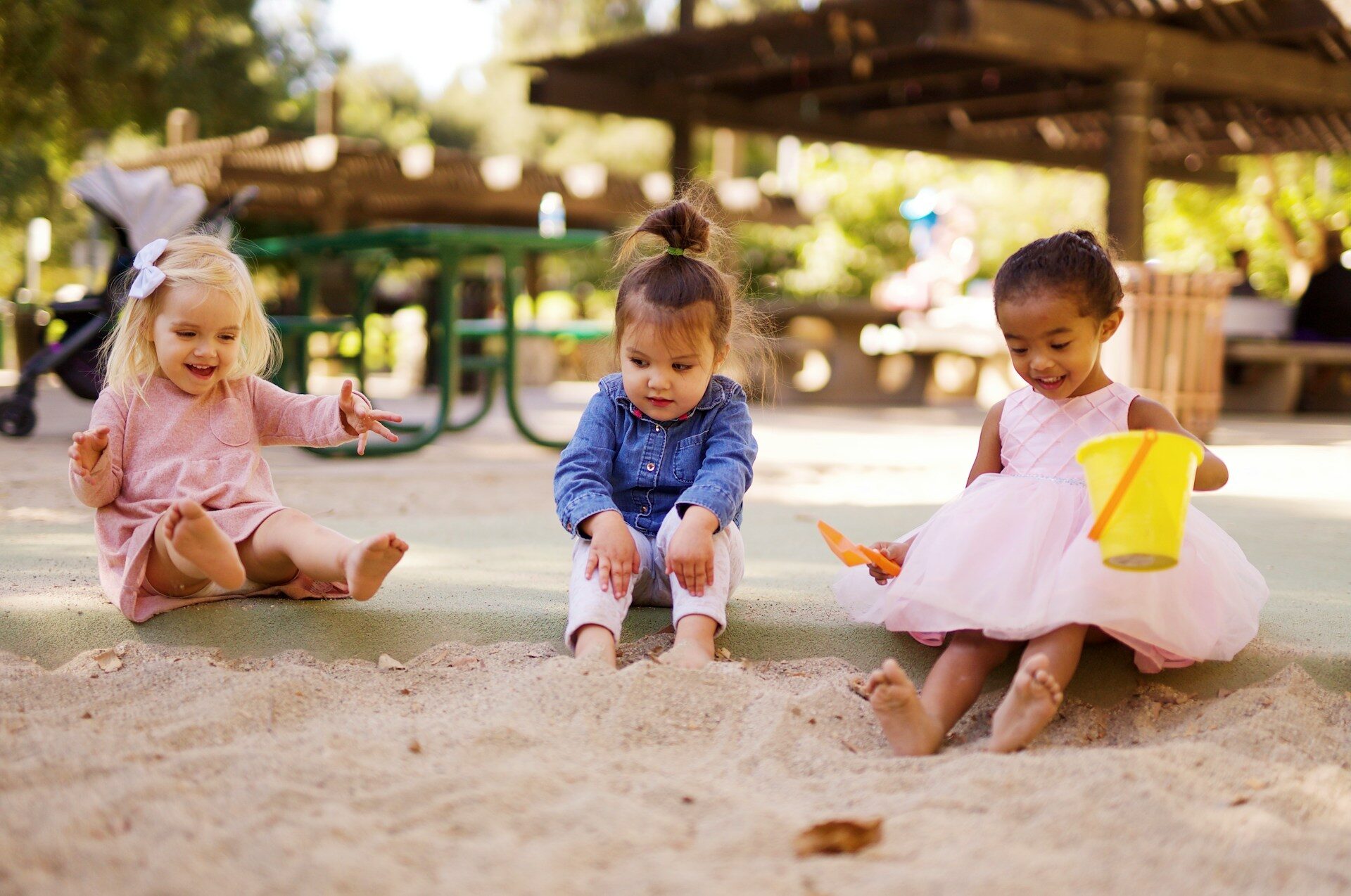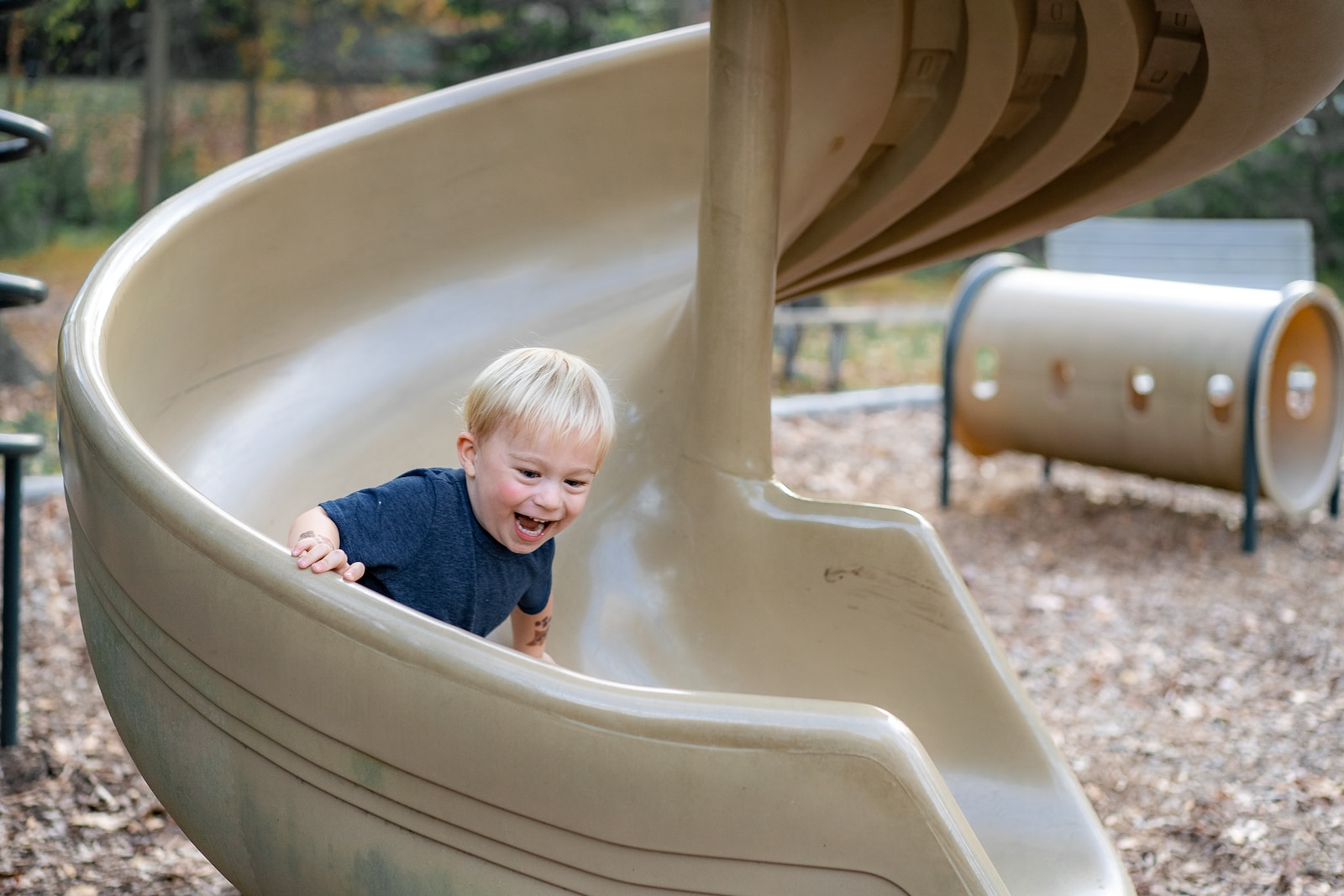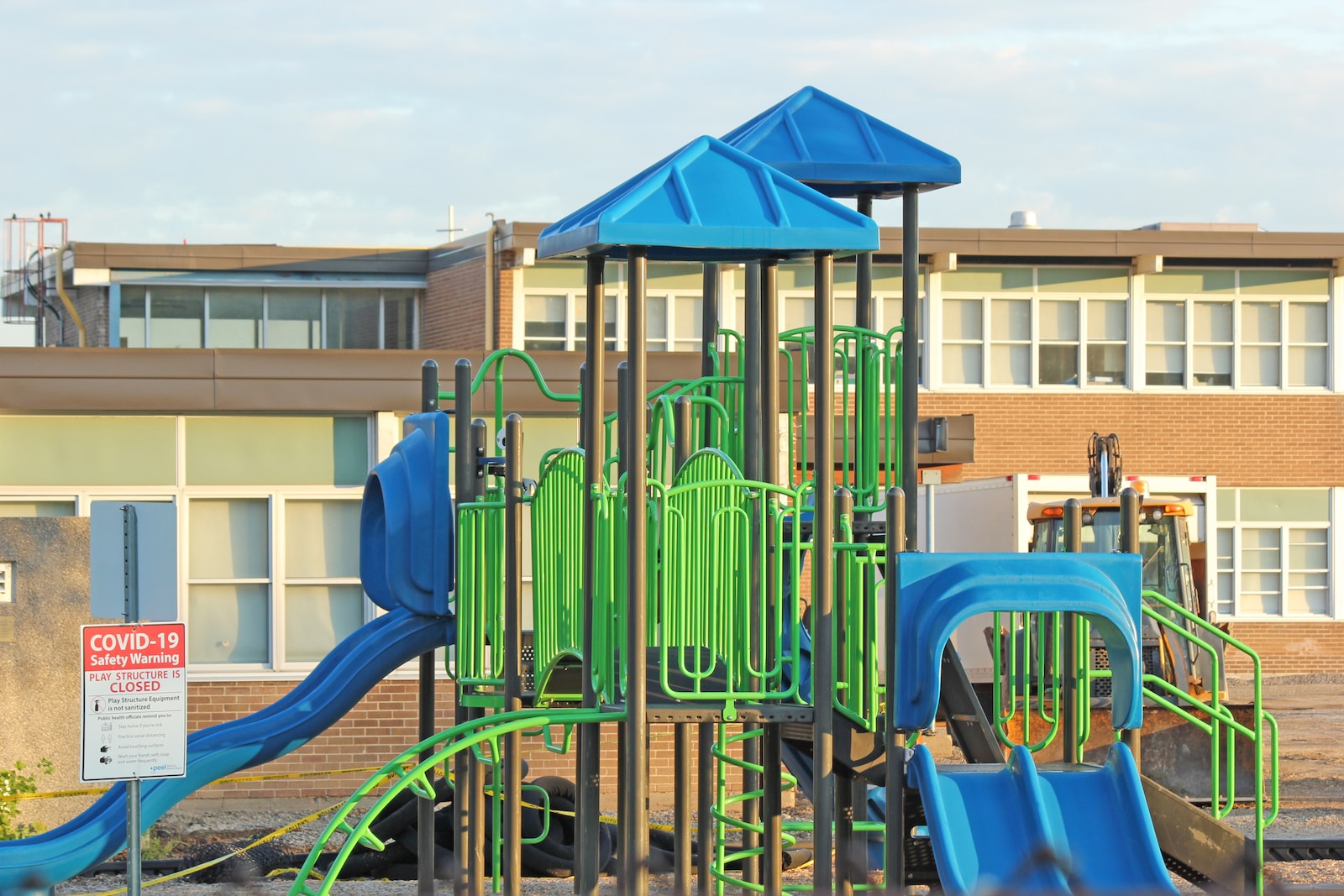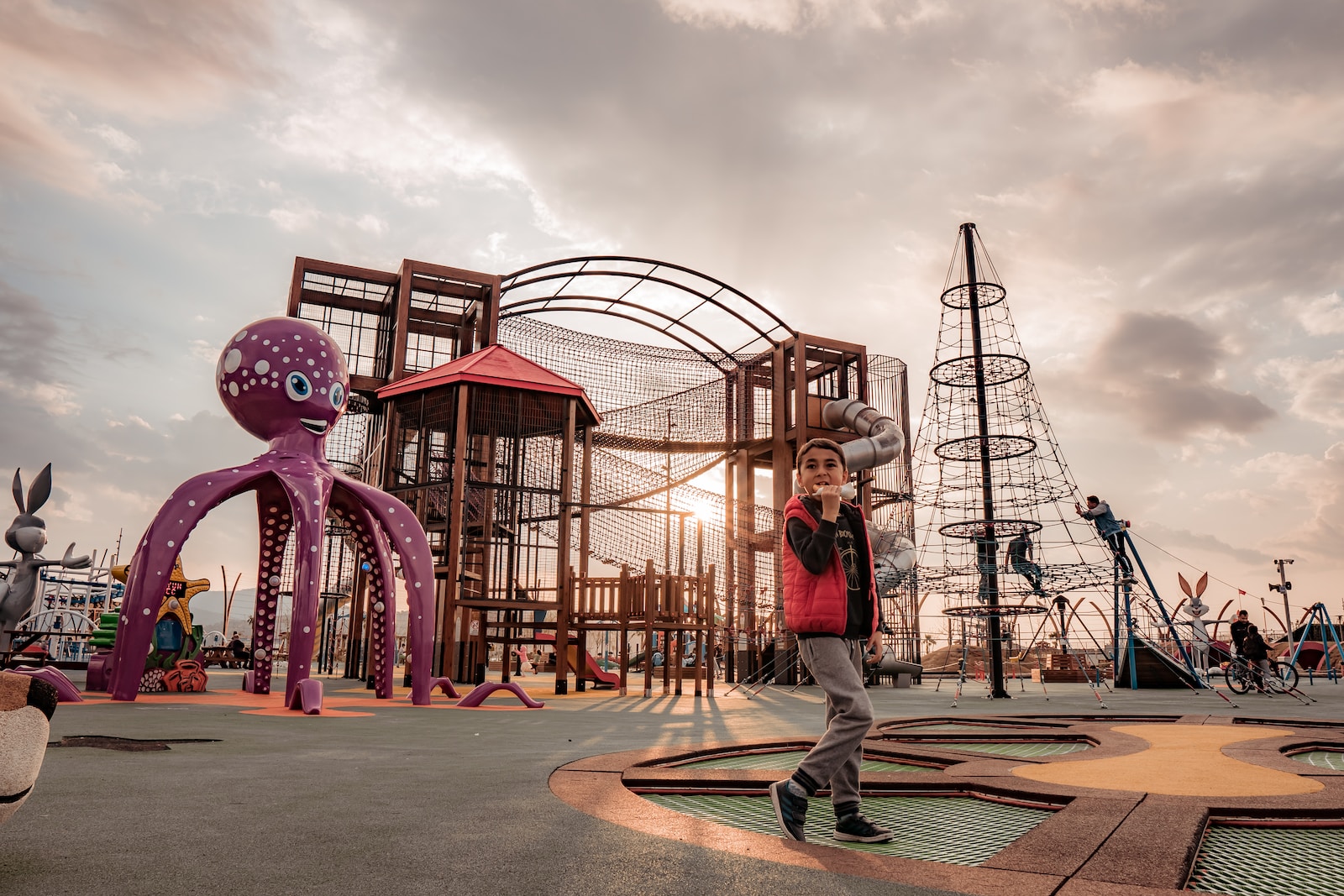Abstract
Most contemporary research on child psychology has studied the importance of child interactions and personality development. However, minimal research has been done to understand the blend between child psychology, natural environment, and placemaking.
This study investigates how open spaces in high-rise condominiums promote child interactions and what open space characteristics catalyse such interactions by using a child-centered multiple method approach. The results depict that open spaces can act as a room for connecting children with their family and friends, natural environment and wider neighbourhoods while enhancing opportunities for self-actualization and routines.
The study reveals that children’s usability and interactions are encouraged by natural elements equipped with play items and a strong sense of privacy and security.
Supporting the assemblage theory, the assemblage of all the elements, such as buildings, greenery, seating, and walking paths, supports positive interactions among children. The study recommends that planners design spaces assembled as a functional sub-system of the main system to assist early child development competencies.
Journal: International Planning Studies
Year: 2024



